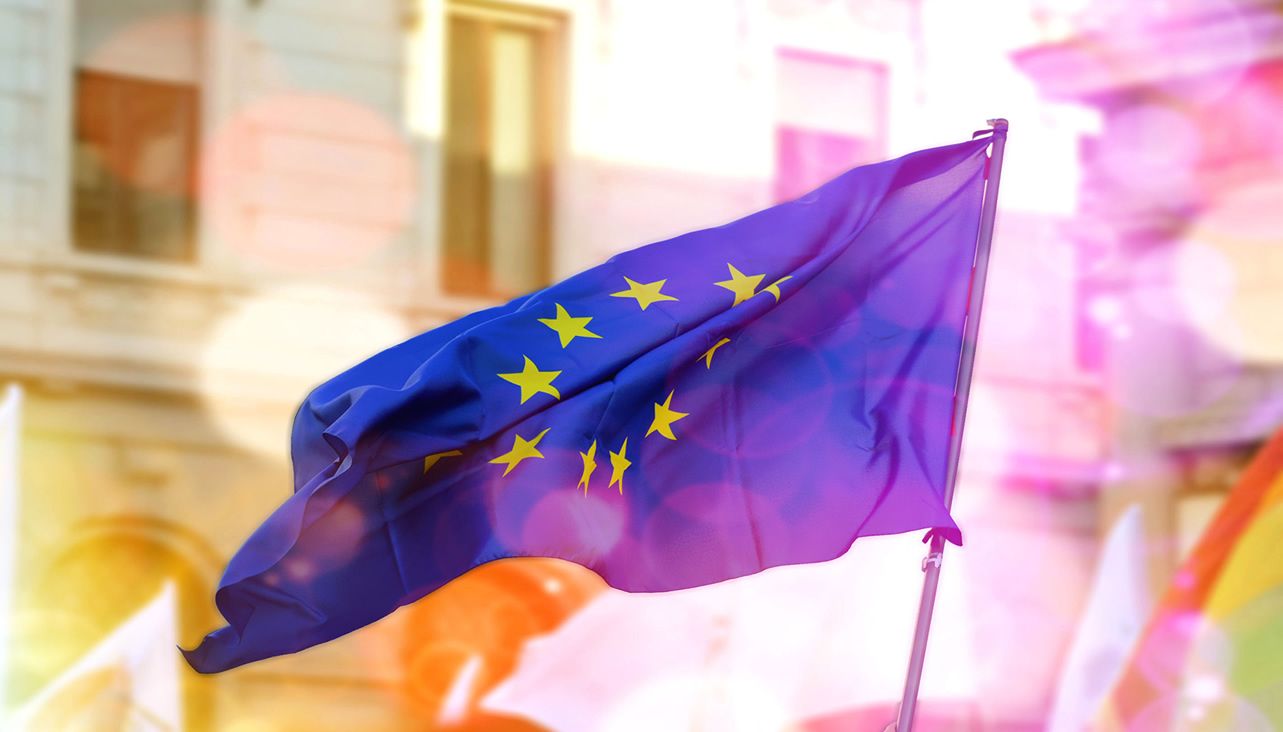Euro-to-Dollar Rate in No Man's Land as Market Looks to Draghi's Sintra Appearance for "Walk Back" of Interest Rate Guidance
- Written by: James Skinner
-
-EUR/USD edges higher Monday but ECB remains key this week.
-300 point sell-off not justified by rate expectations, say BMO.
-Mario Draghi may use Sintra speech to "walk back" ECB guidance.

© Lisa L, Adobe Stock
The Euro-to-Dollar rate edged higher Monday after drawing a line under last week's violent sell-off but its broader direction will be determined by whether Mario Draghi sticks with the new interest rate message at the European Central Bank conference in Sintra, or if he attempts to put genie back in the bottle.
The ECB said Thursday it will continue buying €30 billion of government bonds each month until the end of September, at which point the rate of monthly purchases will be cut to €15 billion before being reduced to zero at the end of December. This should have been a positive development for the Euro.
However, the central bank also quashed earlier hopes among traders that it would raise interest rates from their record lows in June 2019, dealing a crushing blow to the single currency and a broad swathe of forecasters who had hoped that an end to the era of ultra-low interest rates was near.
The Euro subsequently fell nearly 300 points, leading to a wave of forecast downgrades and leaving traders to contemplate the road ahead for a currency pair that had, in the 12 months to April 2018, risen more than 17% as markets cheered a Eurozone economic recovery that looked to be finally taking hold.
"To its credit, the ECB knew about positioning in spot and the disposition of the FX market, and it therefore knew it could frighten EUR longs into a squeeze with the more specific forward guidance it offered on rate hikes," says Stephen Gallo, head of European FX strategy at BMO Capital Markets. "But rate differentials barely moved, and the downward lurch in spot last Thursday/Friday was a lot larger than anything that can be explained by rate differentials alone."
While the European Central Bank statement that rates would "remain at their present levels at least through the summer of 2019" was almost certainly what sparked the sell-off in the Euro, the severity of the move has left some perplexed given that markets were only just beginning to flirt with the idea of an ECB rate hike in June 2019 and so the extent to which a move was baked into market pricing was only minimal. And now, markets are looking at the December 2019 meeting, which is only a mere six months after June 2019.
BMO's Gallo is arguing that last week's move in the Euro-to-Dollar rate cannot be explained entirely by changes in market expectations for Eurozone interest rates as it was too large and the degree to which investors were anticipating a rate rise was too small. He also warns of a possible scramble by European Central Bank chief Mario Draghi this week to suggest that markets may have overreacted to at least some extent, which might trigger a corrective rebound.
"What I don’t know is if the ECB managed to weaken the EUR by more than it had hoped. If given the opportunity this week, I suspect Draghi may try to walk some of the move in the EUR back, and so I would not advocate selling the heck out of EURUSD below 1.16 for the time being. Let’s see what comes out of Sintra later this week," Gallo writes, in a note to clients Monday.
The European Central Bank is hosting a conference in Portugal on central banking all this week, which is expected to provide a podium and microphone to some of the world's most powerful central bankers. Draghi himself will address the audience and participate in panel discussions each day.
It was at this same annual conference in 2017 that the ECB chief first suggested to markets that the ECB could soon think about winding down its quantitative easing programme, giving birth to the double digit Euro-to-Dollar rally that endured until the dying days of April 2018.
Gallo and the BMO team are mindful of a possible "walk back" of the ECB's guidance from last week but others are less concerned with this or the impact it could have on the EUR/USD rate and instead, favour using any short-term upward corrections in the exchange rate to enter new bets against the single currency.
"We remain bearish EURUSD and would sell any rallies. Looking ahead, we expect relative data, trade policy and developments in Italy to be the main EURUSD drivers. The ECB has effectively took itself out until at least September 2019-with the exception of the discussion about Draghi's replacement, which is likely to intensify by the end of this year," says Athanasios Vamvakidis, European head of FX strategy at Bank of America Merrill Lych.
The Euro-to-Dollar rate was quoted 0.02% higher at 1.1600 during noon trading Monday. It fell by 1.4% during the last week and is now down by 3.2% for the 2018 year to date.
Advertisement
Get up to 5% more foreign exchange by using a specialist provider to get closer to the real market rate and avoid the gaping spreads charged by your bank when providing currency. Learn more here









